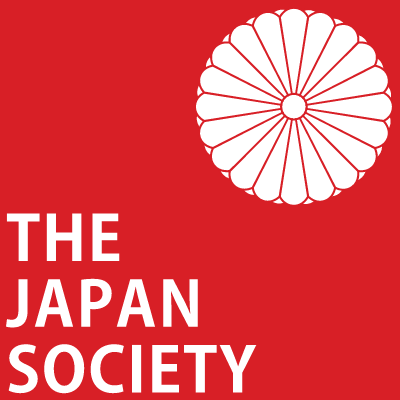New Samurai Resource for Key Stages 2 and 3!
Our new history resource on samurai is a perfect lesson for teachers who are looking to bring something fun and interesting about a part of Japanese history into their classroom. This half-term, why not explore and learn more about the rise and fall of the samurai throughout Japanese history, as well as uncover some of the many myths that still surround this iconic group of people.
The History of Samurai

The word samurai refers to the warrior class that existed in pre-modern Japan, whose origins can be traced back to the Heian Period (794-1185). They were an extremely powerful group of people that ruled over Japan for hundreds of years, and undoubtedly played an important role within Japanese history.
Even today, depictions of samurai can be seen in numerous forms of popular media, including anime, manga, books, TV, film, and videogames. However, many of these depictions are not always historically accurate, and do not necessarily portray what samurai were really like.
In this lesson, pupils will learn about the rise and eventual fall of the samurai, from the early Heian Period through to the Meiji Restoration, as well as the various roles that samurai played in society, to better understand the significance of this group of people within the context of Japanese history. The main task for this lesson is a fun myth vs reality activity, in which pupils must sort statement cards into two groups - myth and reality - encouraging them to think critically about the information that they read, and to better understand what real samurai were really like.

The History of Samurai lesson is ideal for upper KS2 pupils but could be adapted for KS3 too. Great as a standalone lesson which can also be used as part of a wider unit on Japan.
To find out more about this resource and to download the lesson materials, visit The History of Samurai resource page.
This resource has been designed as part of a wider unit of lessons called The Japan Project - to find out more, see below.
|
|
Other Featured Resources
Exploring Hokusai
Get creative and produce your own ukiyo-e inspired prints with this lesson that explores one of Japan’s most famous and iconic artists – Katsushika Hokusai! In this lesson, pupils will examine Hokusai’s art closely, and learn all about how ukiyo-e woodblock prints are made. They will then have the chance to produce their own Hokusai-inspired prints, using polystyrene sheets to create their designs instead of wood.

The Exploring Hokusai lesson is ideal for upper KS2 pupils but could be adapted for KS3 too. Perfect as a standalone lesson which can also be used as part of a wider unit of Japan called The Japan Project.
To find out more about this resource and to download the lesson materials, visit the Exploring Hokusai resource page.
The Japan Project
Why not spend the last half-term of the school year learning all about Japan? The Japan Project is a multi-lesson unit designed to give pupils across Key Stages 1-3 a cross-curricular introduction to Japan, with lessons that focus on a range of topics including geography, climate, wildlife, art, culture, and more! Each lesson within the unit covers aspects across the Geography, Science, Art & Design, Computing, and History curricula.

To find out more about this resource and to see all unit lessons, visit The Japan Project page.

